What are your thoughts on the use of artificial light?
A lot has been made about photographing with the use of artificial light in wildlife photography, mainly spotlights. The first thing that jumps to mind is ethics. One has to be very careful not to overstep the boundaries, and have the approach of the animals safety and wellbeing always come first.
The use of spotlights can give you some amazing results, if you know how to do it, but as I mentioned, it has to be done in a very sensitive way. It is strictly used on nocturnal animals, more often than not either Leopard or Lions, and the light is usually bounced off the chest or the legs of the animals, not right into their eyes. Again, you need to be ethical in your approach and as soon as the predator is on the hunt and within viewing distance of potential prey, all lights should be switched off. It is also important that you put some sort of time frame on this exercise and that it doesn't continue for hours on end.
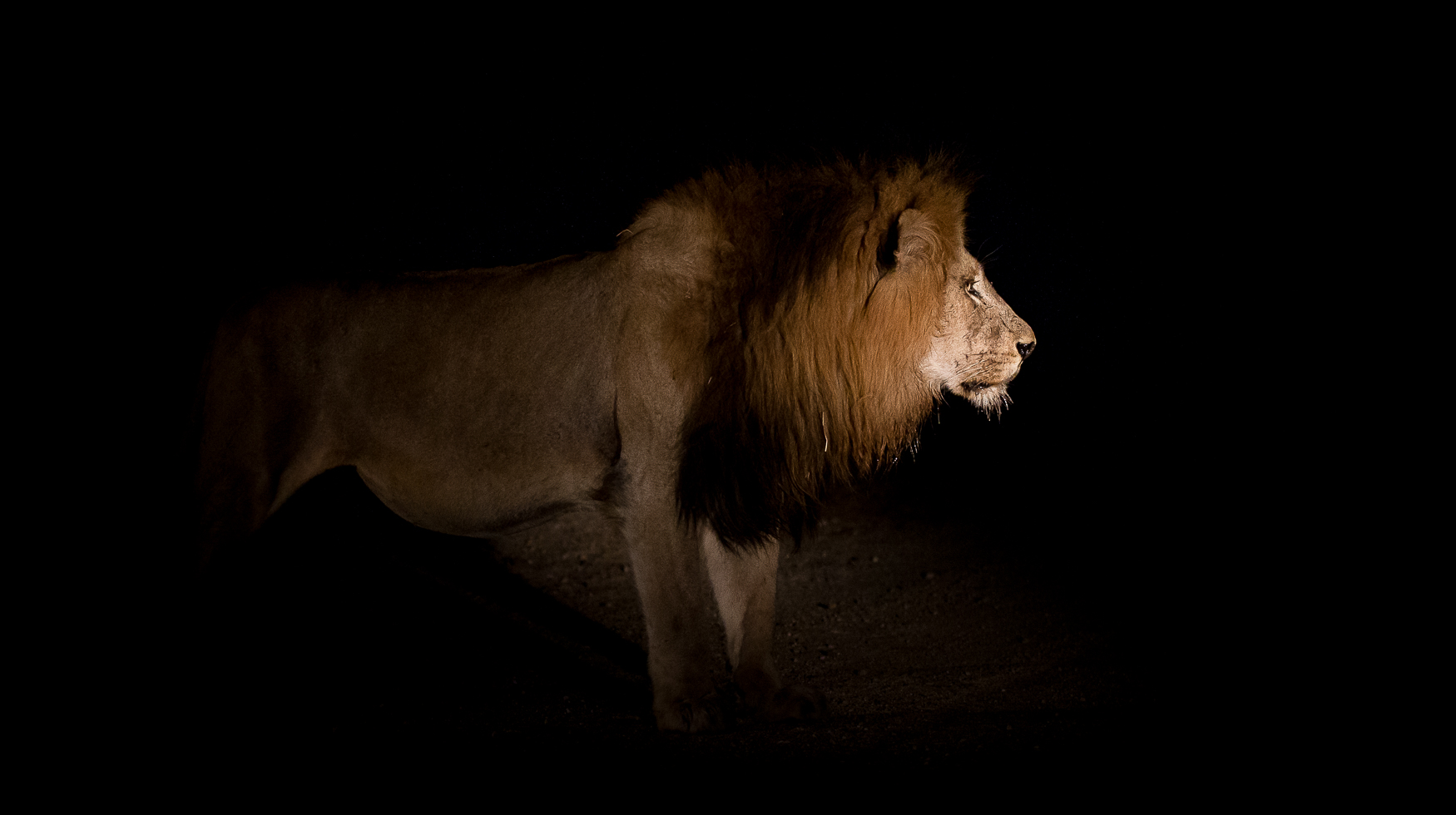
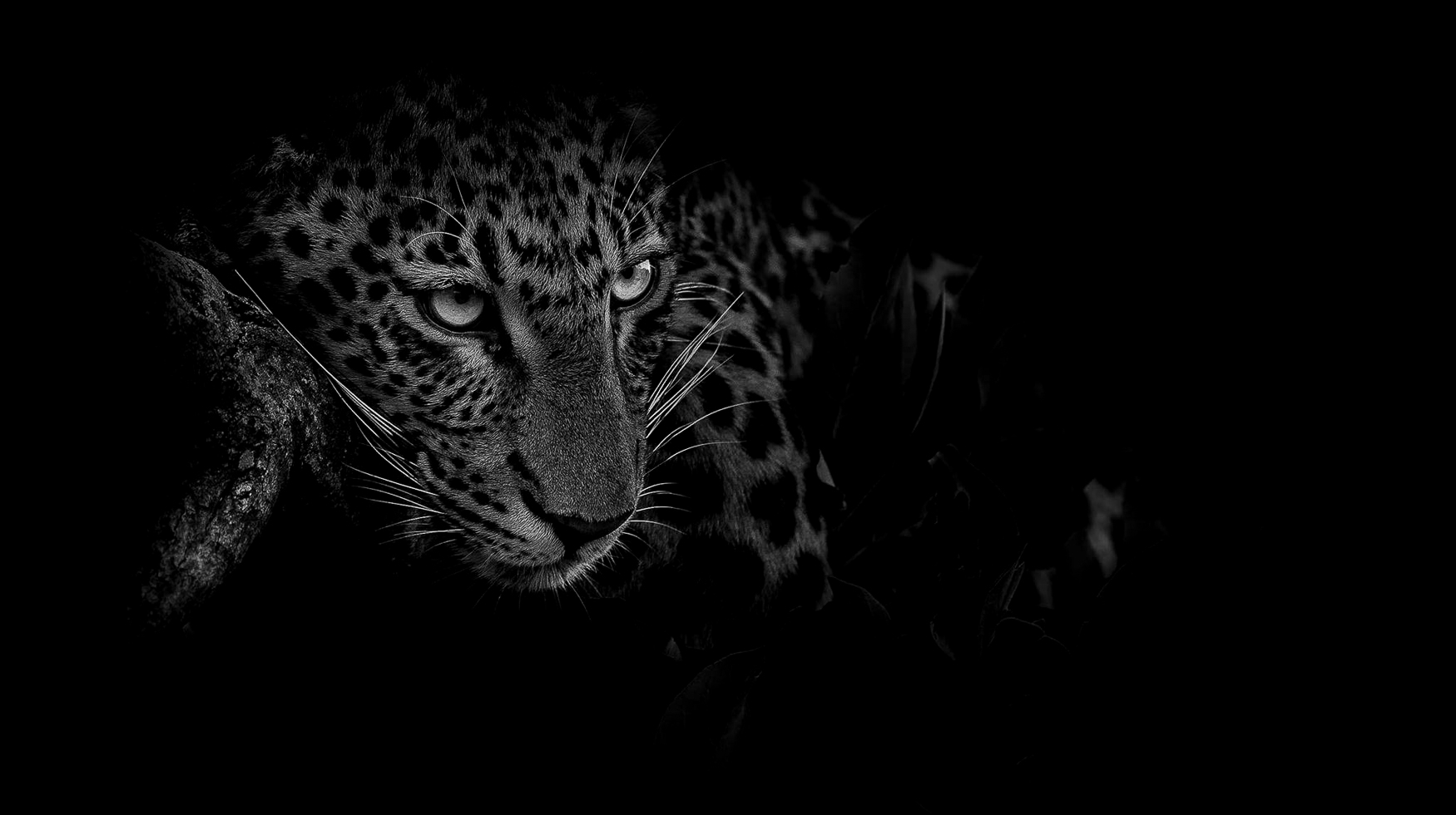
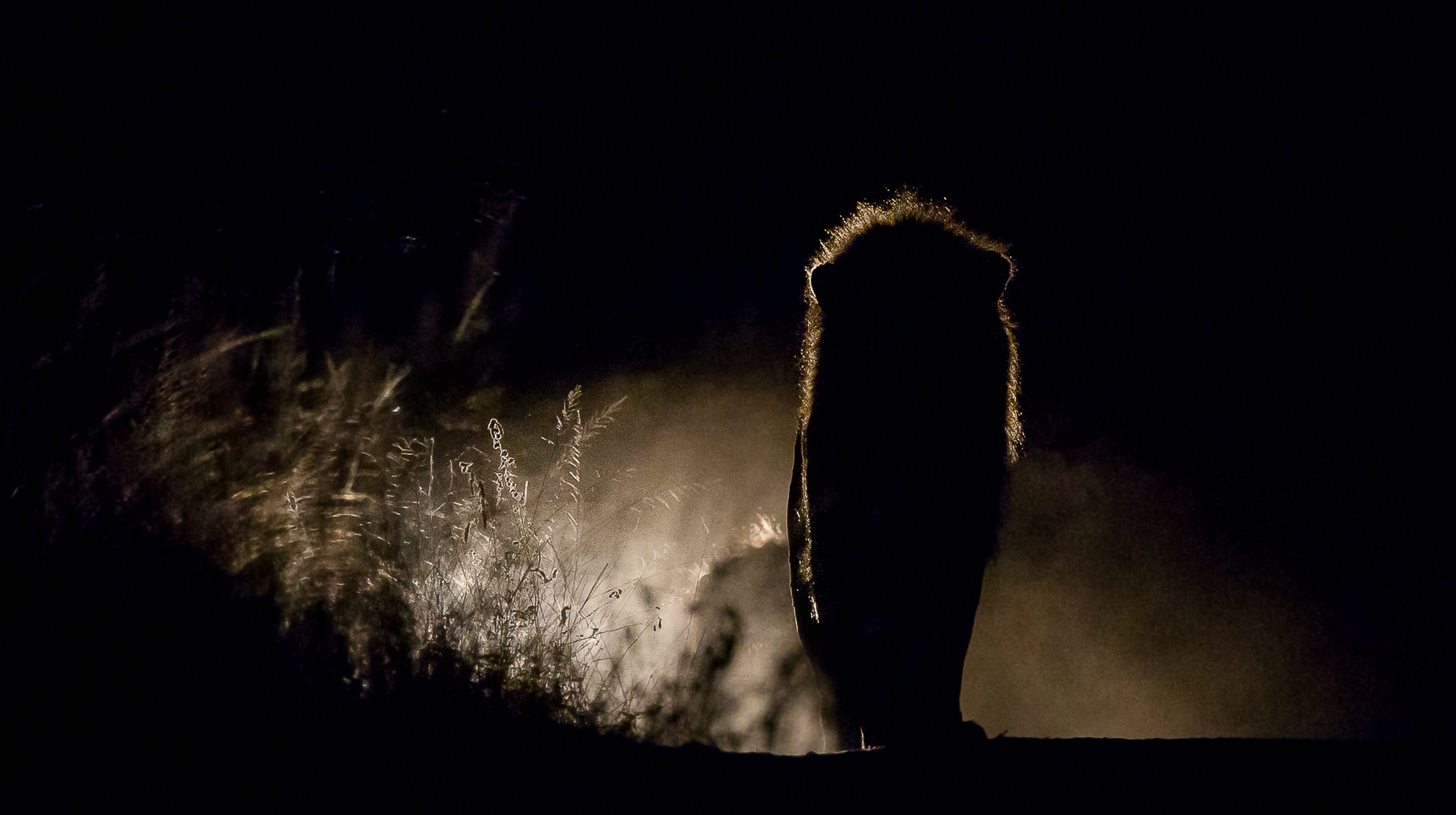
Here are a few settings that will help you capture some dramatic images at night:
- Switch your camera to Manual or M on your mode Dial.
- As a starting point, dial in a Shutter Speed of 1/320 (remember this is just a starting point and will vary depending on the reach and intensity of the spotlight). If your image is too bright, increase your shutter speed. If the image is too dark, the decrease your shutter speed.
- Dial in your lowest Aperture number (widest opening) eg. F2.8 or F4.
- Increase your ISO to 2500-3200
- Switch your Metering from Evaluative to Spot Metering. This will help your camera to only take an exposure reading from the point of focus, and will ignore the rest of the scene.
- Use only the central AF point as this is the most sensitive to light and will help ensure you achieve accurate focus in low light conditions.
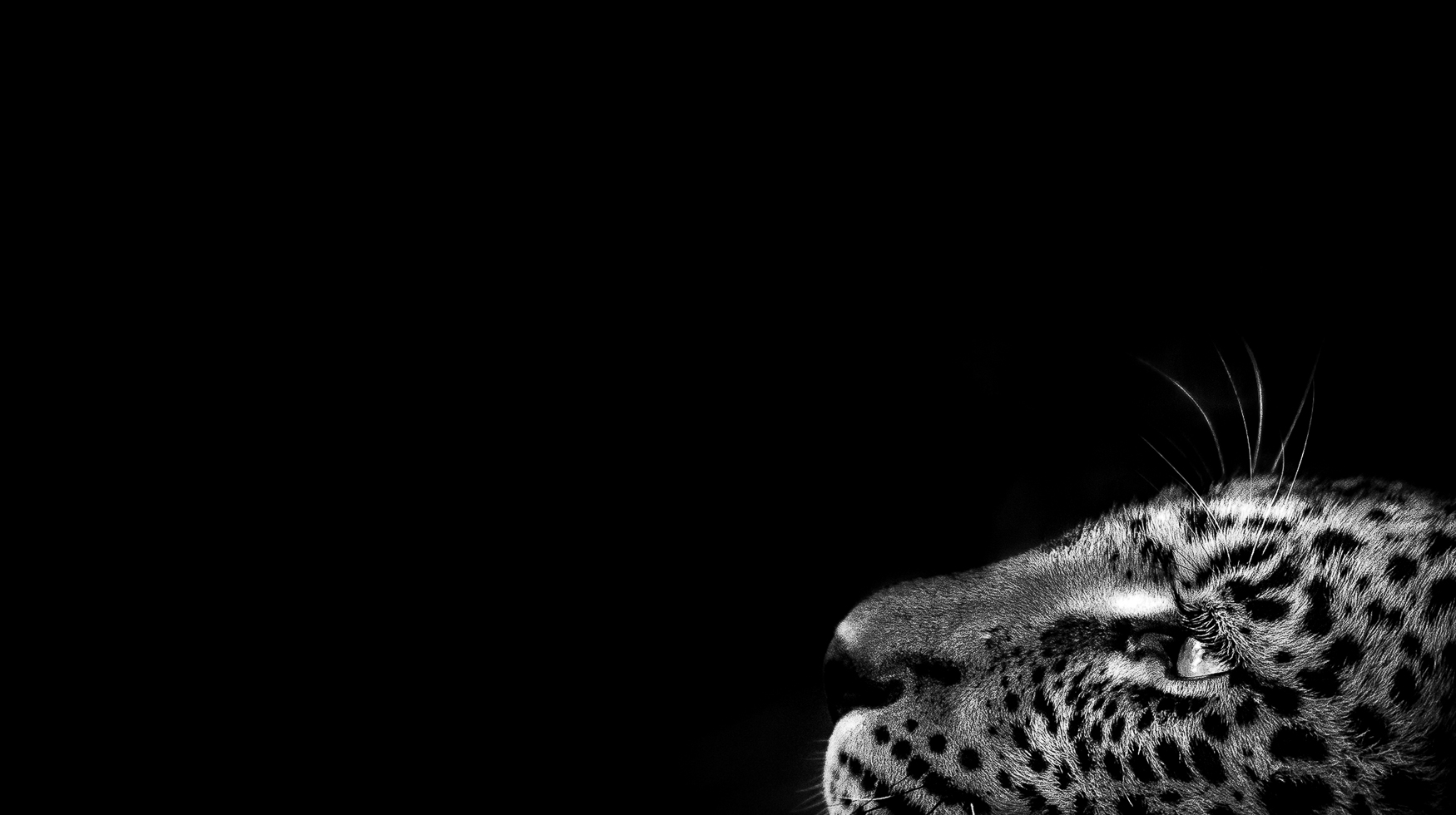
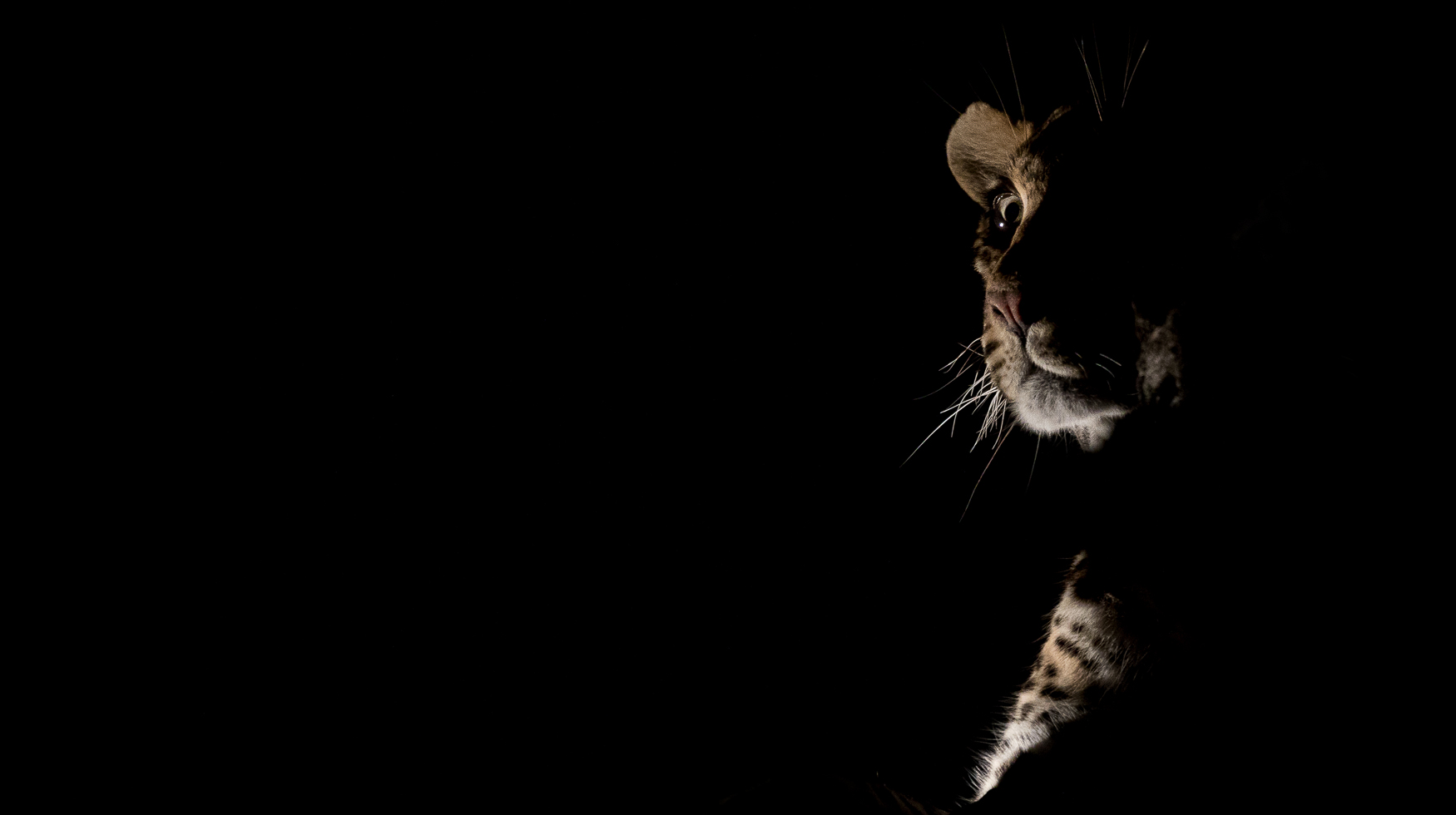
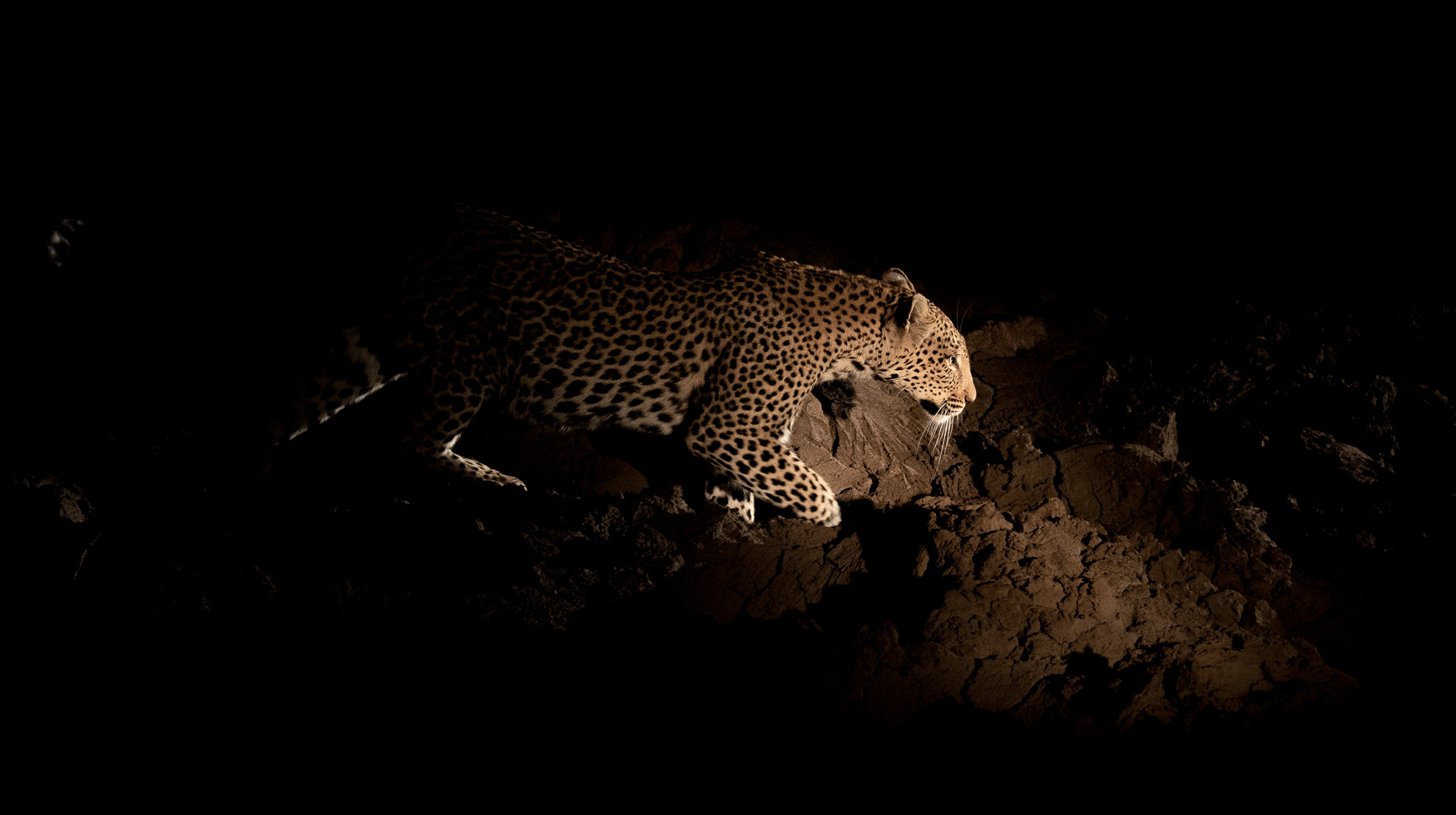
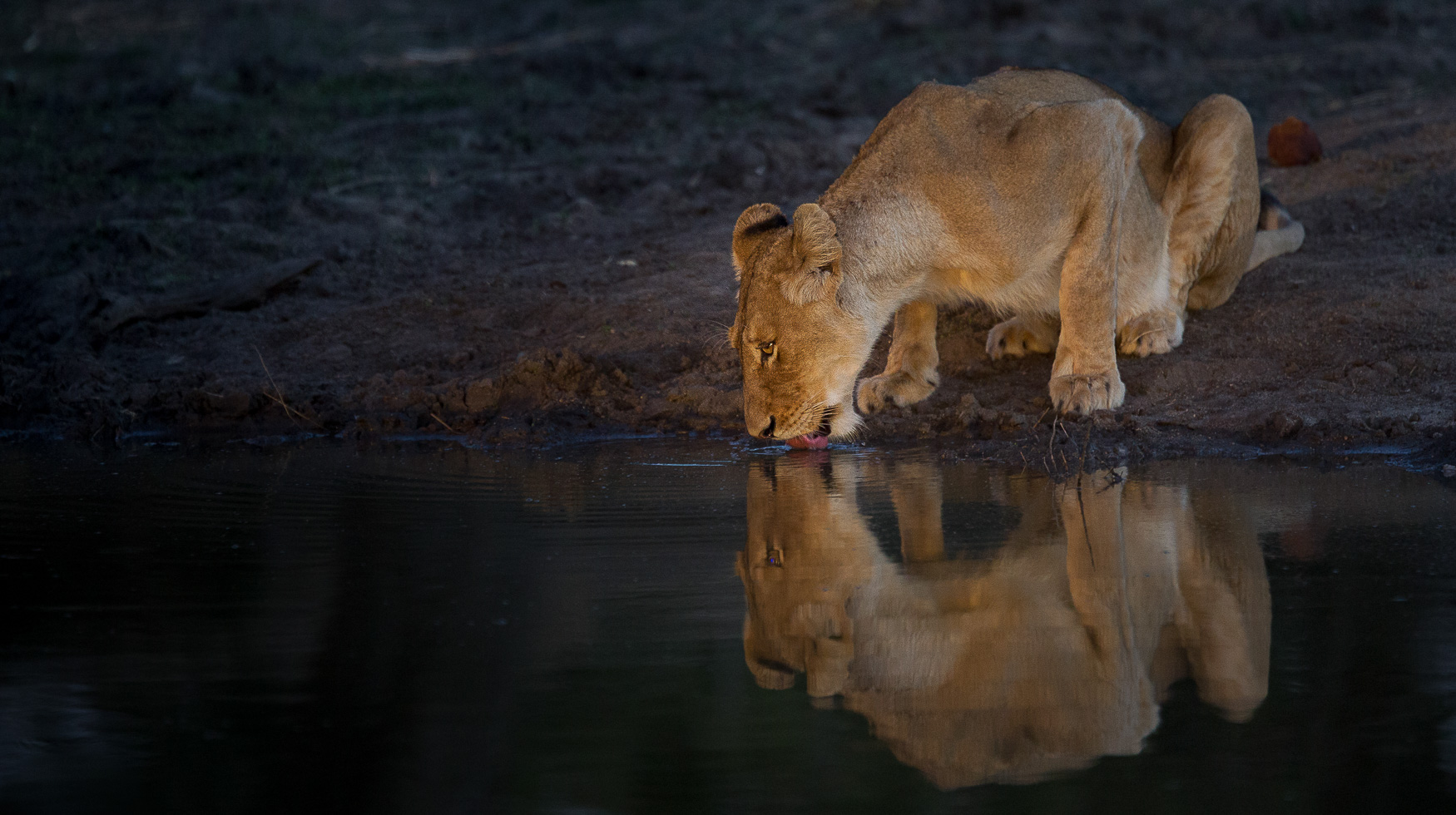
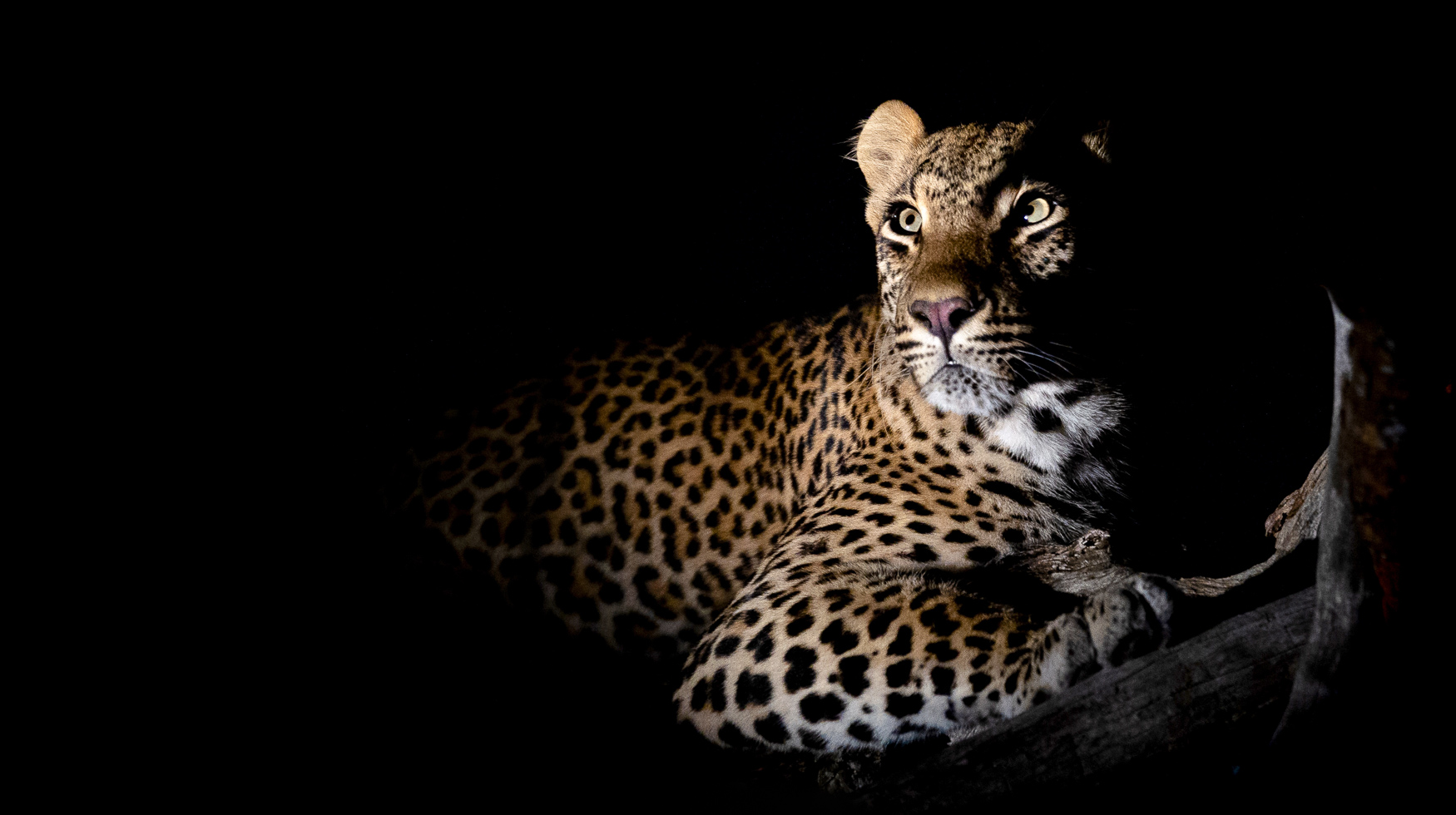
Another method to use is AV/A Aperture Priority mode:
- Switch your camera to Aperture priority on your mode dial.
- Under expose your exposure compensation by 2 full stops (-2)
- Dial in your lowest Aperture number (widest opening) e.g.. F2.8 or F4.
- Increase your ISO to 2500-3200
- Switch your Metering from Evaluative to Spot Metering. This will help your camera to only take an exposure reading from the point of focus, and will ignore the rest of the scene.
- Use only the central AF point as this is the most sensitive to light and will help ensure you achieve accurate focus in low light conditions.
It is vital that you understand the effect your shutter speed will give your image. If your subject is close to you, more light will be on it, which means your shutter speed will have to be faster, otherwise your image will be overexposed. If the subject is moving further away from you, or if you are creating backlit images from another vehicle's spotlight, your shutter speed will have to be slower to avoid a very underexposed image.
Hope that helps, happy snapping, and please feel free to give any of the Wild Eye Team a shout if you need some help.
Until next time,
Trevor
Sabi Sabi Wildlife Photography Seminar
This ever popular wildlife photography seminar is designed for anyone who loves wildlife, safari and photography. Over the duration of the seminar, the aim is to cover all facets of wildlife photography to establish a deeper connection not only with your photographic ability but with wildlife and nature as a whole. The seminar has been created in such a way, that each individual will receive equal personal attention throughout the safari by having three Wild Eye Guides on site for the safari, allowing for ample opportunity to learn from and be inspired by the experts.
Madikwe Safari
It’s often thought that it is simply not possible for one safari destination to “have it all” and perhaps this statement is indeed true. That said, the diverse and wildly dynamic fauna and flora of Madikwe Game Reserve is about as close as it gets.
Where to start with your photography
Photography can be a frightening hobby to take on in the beginning... Shutter Speed, Aperture, Iso, Metering modes. These are just a few of the basic terms that one should know in photography and they are intimidating words when you don't know what they mean! Well, to make you feel better we all had to start somewhere, including myself!
This is a great podcast by Mike and his photographic journey.
Wild Eye Webinars
Our photographic safaris, workshops, courses and webinars are enjoyed by photographers of all levels. Whatever your level of experience or goal, we will assist you in understanding everything you need to know to grow your image portfolio!
